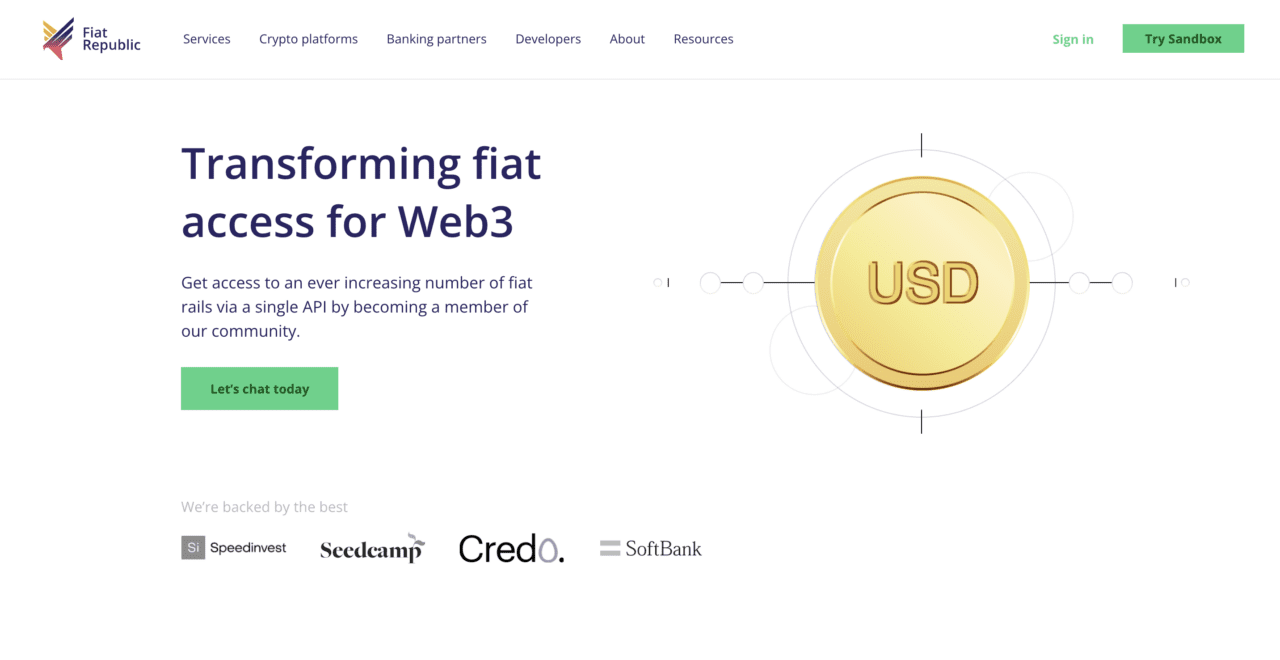
With a spot Bitcoin ETF expected in 2024, crypto investors, traders, and enthusiasts are likely feeling as optimistic about digital assets as they have in awhile.
As the trauma of Sam Bankman-Fried and FTX fades further into the background, the digital asset community has been able to refocus its energies on a number of positive developments in the space – from the surging price of crypto assets like bitcoin to the increasing interest in cryptocurrencies from major financial institutions.
So with the year drawing to a close, here are a few recent crypto- and blockchain-oriented headlines that you might have missed.
BlackRock, Nasdaq, SEC Meet Again on Bitcoin ETF
This week, according to reporting in Coindesk, representatives from BlackRock, Nasdaq, and the U.S. Securities and Exchange Commission met for the second time to discuss the possibility of a Bitcoin-based exchange-traded fund (ETF).
Coindesk’s reporting is based on a published memo from the SEC’s Office of Market Supervision, Division of Trading and Markets. The memo notes the subject of the meeting as “Meeting with BlackRock re: iShares Bitcoin Trust”, lists the meeting participants, and indicates that the conversation “concerned The NASDAQ Stock Market’s proposed rule change to list and trade shares of the iShares Bitcoin Trust under NASDAQ Rule 5711(d).”
What does this mean for a Bitcoin ETF in 2024? Rule 5711(d) refers to a variety of specific criteria required for listing and trading shares on the Nasdaq exchange. But especially noteworthy are aspects of this rule has to do with market integrity and protections against potentially fraudulent activity. We’ve covered the “surveillance-sharing” issue before in 5 Tales from the Crypto, so it is no surprise to find that the SEC is still looking to dot “i’s” and cross “t’s” as we move closer to a potential new ETF product for crypto investors and traders.
Saylor on Bitcoin: “Biggest Wall Street Development in 30 Years”
Michael Saylor, former CEO and current Executive Chairman of MicroStrategy, was interviewed on Bloomberg TV earlier this week. Asked about the potential of a Bitcoin ETF in 2024, Saylor said that the launch of a Bitcoin ETF next year could be “the biggest Wall Street development in 30 years.” He went on to say that he thought that the launch of an institutionally supported Bitcoin ETF could ignite a major bull market in crypto assets as a new surge in demand confronts current (inadequate) supply.
In his comments Saylor compared the emergence of a Bitcoin ETF to the launch of the S&P 500 ETF, popularly known as the SPY, more than 30 years ago.
Headquartered in Tysons Corner, Virginia, and founded in 1989, MicroStrategy is a long-time Finovate alum. The company made its Finovate debut in 2013 at FinovateSpring in San Francisco. MicroStrategy is a public company, trading on the Nasdaq under the ticker MSTR. The firm has a market capitalization of $8 billion.
Blockchain-based micropayments company raises seed funding
Swiss-fintech Centi, which offers blockchain-based micropayment solutions, announced the completion of a seed funding round this week. The amount of the investment was not disclosed. The round was led by Archblock and Bloomhaus Ventures, with current shareholders and founders also participating. The company will use the funds to help fuel global expansion.
Centi leverages blockchain technology to address two significant challenges in the payments industry: the inefficiency of micropayments and the issue of financial inclusion. Centi responds to these problems with its proprietary stablecoin technology that facilitates transactions as small as a cent. This creates new opportunities in digital content monetization for merchants, creatives, and others.

The Swiss firm also offers a direct-to-consumer stablecoin that can be purchased with fiat currency. This technology supports financial inclusion by giving unbanked consumers a pathway to digital payments.
“We founded Centi driven by the potential of blockchain for micropayments and financial inclusion,” Centi co-founder Bernhard Müller said. “The name ‘Centi’ itself, derived from our capability to process transactions as small as one cent, encapsulates this focus.”
Connecting crypto and banking pays for Fiat Republic
Europe continues to be the source of crypto funding news this week as Fiat Republic announced a seed extension round of $7 million (€6.4 million). The investors include first-timers Kraken Ventures, Fabric Ventures, Arca, and Inovo Ventures. Existing investors Speedinvest, Credo Ventures, and Seedcamp also participated in the funding. Fiat Republic will use the capital to support growth and expansion, as well as make strategic hires and fortify banking partnerships.
London-based Fiat Republic helps crypto platforms connect with crypto-friendly banks. The company’s platform allows crypto firms to create accounts in multiple currencies and access local payment rails and FX via a single API.

Fiat Republic’s funding announcement comes as the company reports that it has been granted a full electronic money institution (EMI) license by the Netherlands’ De Nederlandsche Bank (DNB). This license will enable Fiat Republic to offer regulated financial services throughout the European Economic Area (EEA). These services include the ability to offer payment services and issue e-money to EEA crypto platforms courtesy of its API. The Dutch license is the second earned by the company; Fiat Republic has held an EMI license in the U.K. for more than a year.
Fiat Republic CEO and co-founder Adam Bialy said that the addition of the Dutch license was a major step for the two-and-a-half year old startup. “Passporting from the reputable and credible jurisdiction of the Netherlands not only boosts our legitimacy in the traditional finance world, but also highlights our commitment to high compliance standards, security, and close collaboration with regulators.”
Crypto Comeback? Looking back and leaping forward
There’s a lot for crypto investors, traders, and observers to be excited about as 2024 draws near: renewed bullishness in assets like Bitcoin and Ethereum, continued interest in crypto from institutional players and financial services incumbents … But before we go, here are a few last looks at crypto in 2023.
- Bitcoin: The Year in Review – Forbes
- Under the Hood, 2023 Was a Highly Constructive Year for Crypto – CoinDesk
- Cryptoverse: Bitcoin defies its doubters in 2023 – Reuters
- 2023 Year Review & 2024 Year Ahead – Crypto.com
- Reflecting on the Transformative Year of Crypto in 2023 – VanEck
















